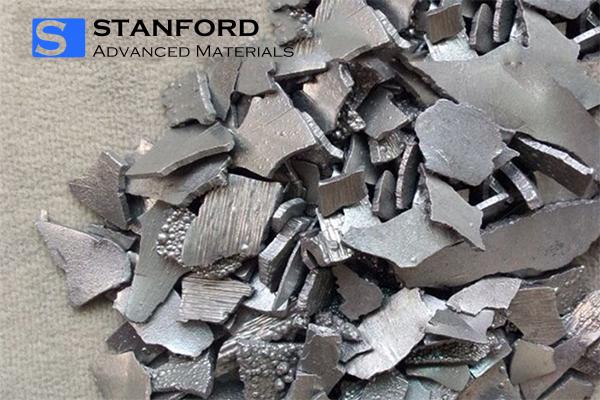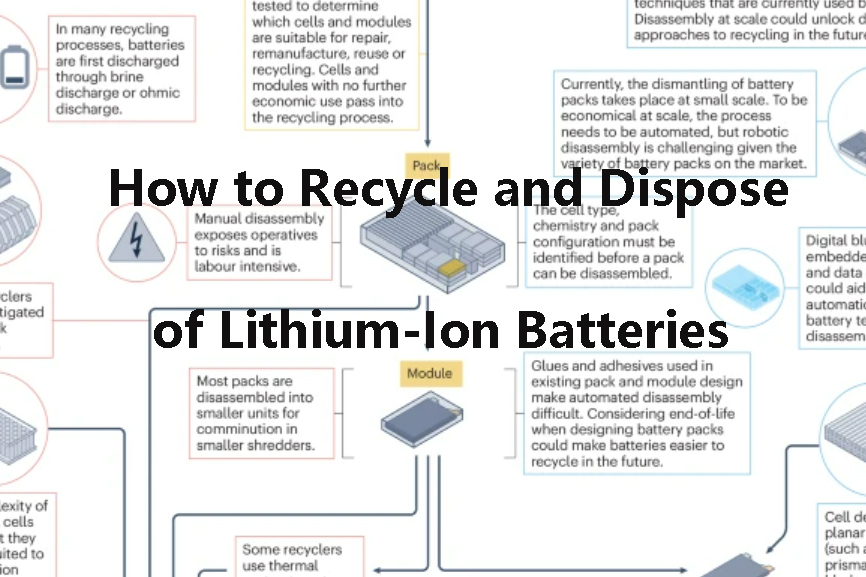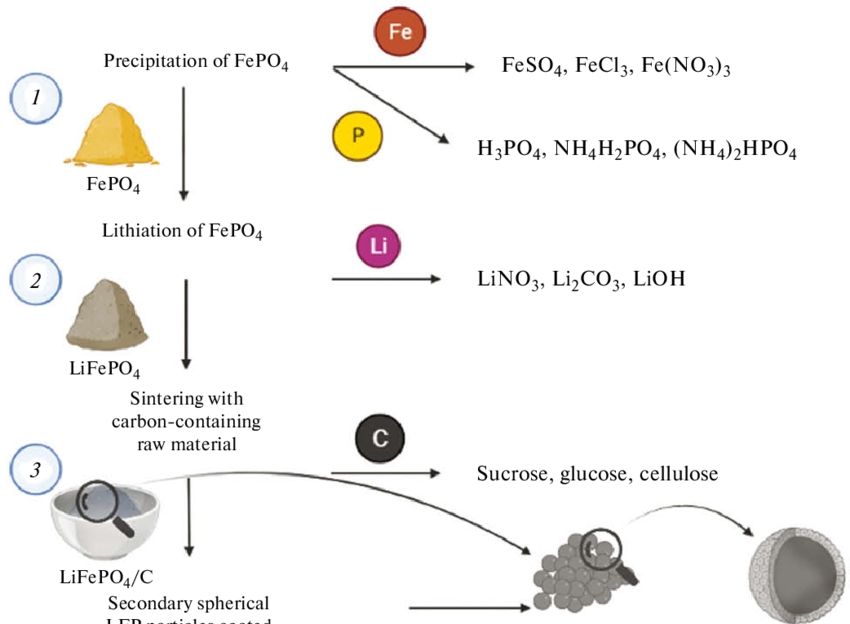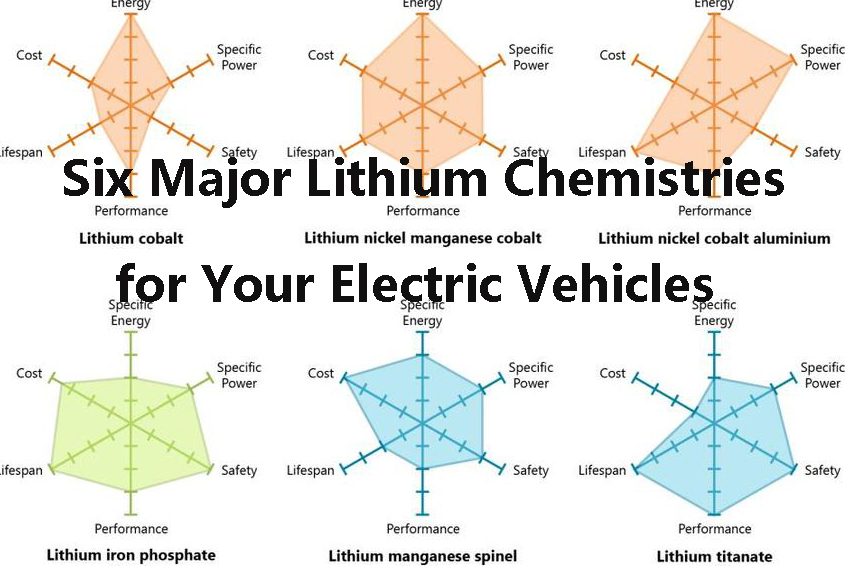
Lanthanum Nickel Alloy for Storage of Hydrogen
Hydrogen is a clean and renewable energy carrier and a frontrunner to clean and sustainable energy systems. Of many technologies that have been explored, metal hydrides—solid-state storage and release materials of hydrogen in reversible manner—have been a focus of special interest. Lanthanum Nickel alloy, and particularly the LaNi₅-based system with good kinetics, intermediate operating temperatures, and good cycling stability, have been most researched.

1. Metal Hydride Hydrogen Storage
Metal hydrides are alloys that form when metals adsorb hydrogen to form solid solutions or intermetallic compounds. Metal hydrides contain hydrogen in a dense, compact form and can release it as and when required through change of temperature or pressure. Metal hydride systems are categorized categorically on the basis of chemical composition as well as thermodynamic behavior. One of the most commercially important categories is AB₅-type intermetallic hydrides, whose paradigm is LaNi₅.
2. Crystal Structure and Lanthanum-Nickel Composition of LaNi₅
The stoichiometric lanthanum-nickel intermetallic compound LaNi₅ is hexagonal CaCu₅-type. The structure comprises:
•Lanthanum atoms at the 'A' sites and acting as hydrogen host sites.
•Nickel atoms at the 'B' sites and perform hydrogen molecule dissociation and recombination.
The structure of LaNi₅ indicates that five nickel atoms enclose the individual lanthanum atom, giving the space for the absorption of hydrogen. Stabilization is achieved by intermetallic bonding, and reversible absorption of hydrogen is assured by the lattice parameter.
Hydrogen storage reaction is:
LaNi₅ + 3H₂ ⇌ LaNi₅H₆
A mole of LaNi₅ absorbs approximately 6 hydrogen atoms and contains a room-temperature and moderate-pressure (1–10 bar) hydride phase.
3. LaNi₅ Hydrogen Storage Characteristics
LaNi₅ possesses several characteristics that render it very favorable for hydrogen storage:
- Reversibility
The alloy can reversibly absorb and desorb hydrogen hundreds or thousands of times with little loss in its capacity under optimal conditions.
- Moderate Operating Conditions
Hydriding of LaNi₅ occurs at room temperature and 1–5 bar hydrogen pressure, which is more convenient and safer than at cryogenic or high-pressure storage.
- Fast Kinetics
Hydrogen absorption and desorption are fast due to the catalytic properties of nickel and free diffusion pathways in the alloy system.
- High Volumetric Density
Even if its gravimetric hydrogen density is typical (~1.4 wt%), LaNi₅ can accommodate high volumetric capacity due to its very high density.
- Plateau Pressure
The isotherms of LaNi₅ exhibit flat plateaus, which reflect base alloy-hydride phase transitions, thereby permitting easier control of pressure in practical applications.
4. Modified and Substituted Alloys
LaNi₅ has been synthesized from modified alloys by partial substitution of lanthanum or nickel atoms with other atoms to counteract the inherent drawbacks of LaNi₅.
- La₁₋ₓMₓNi₅ (A-site substitution)
Cerium (Ce), praseodymium (Pr), or mischmetal (natural rare earth alloy) is added to reduce the cost and increase corrosion resistance.
- LaNi₅₋ₓMₓ (substitution in B-site)
Nickel is replaced by metals like cobalt (Co), aluminum (Al), manganese (Mn), or iron (Fe) in order to modify plateau pressure, cycling stability, and kinetics. For instance: LaNi₄.7Al₀.3 reduces cost and enhances cycle life. LaNi₄.5Mn₀.5 enhances activation properties and hydrogen diffusion.
Substitutions lead to the development of multi-component alloys like AB₅-type hydrogen storage alloys used in commercial nickel-metal hydride (NiMH) batteries.
5. Applications of LaNi₅-Based Hydrogen Storage Alloys
- Nickel-Metal Hydride (NiMH) Batteries
LaNi₅-alloys are employed as the negative electrode material for NiMH rechargeable batteries in lieu of deadly cadmium for NiCd batteries. Such batteries are extensively employed in hybrid vehicles, home appliances, and power tools.
- Hydrogen Compressors
Due to pressure-dependent equilibrium of hydride formation, LaNi₅-based alloys are employed in solid-state hydrogen compressors. These compressors pressurize hydrogen without any moving parts mechanically with higher reliability and safety.
- Hydrogen Storage Tanks
Portable fuel cell applications typically utilize LaNi₅-type materials for the prototype and small-scale hydrogen storage due to their reproducible absorptions and relatively mild conditions of operation.
- Heat Pumps and Thermal Management
The strong exothermic and endothermic character of hydride reactions also makes LaNi₅ hydrides candidates for utilizing waste heat as well as thermally driven heat pumps.
Conclusion
Lanthanum nickel (LaNi₅) alloys are a cornerstone of the metal hydride hydrogen storage system concept. Their fairly low cost operating temperatures, beneficial cycling properties, and the ability to be altered by elemental substitution render them extremely versatile.
As hydrogen emerges as a mainstream accepted energy vector, materials like LaNi₅ will be the sidekicks to bringing scaleable and sustainable hydrogen technology into the mix. For more information, please check Stanford Electronics.




